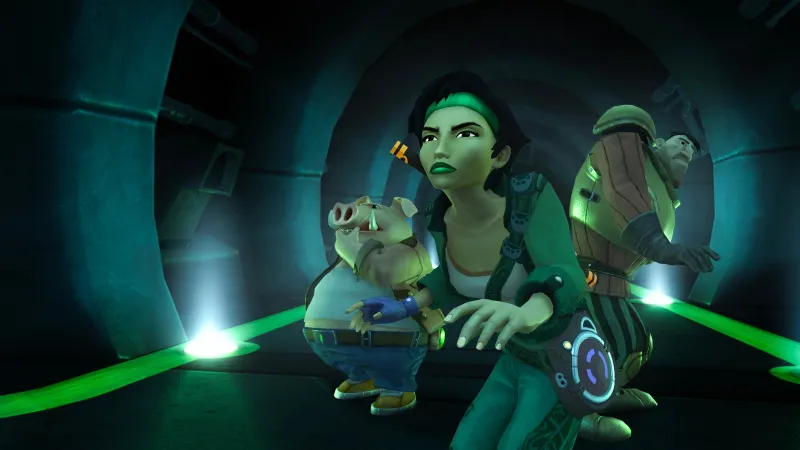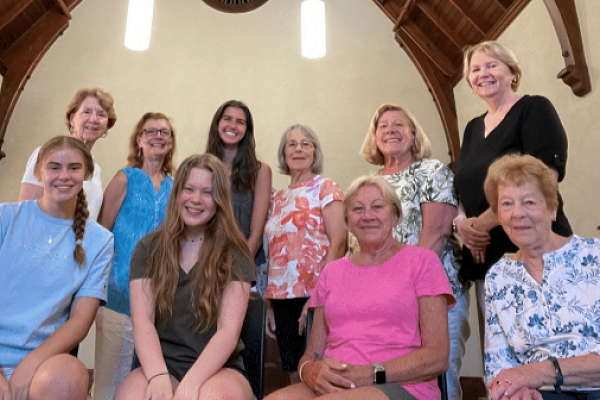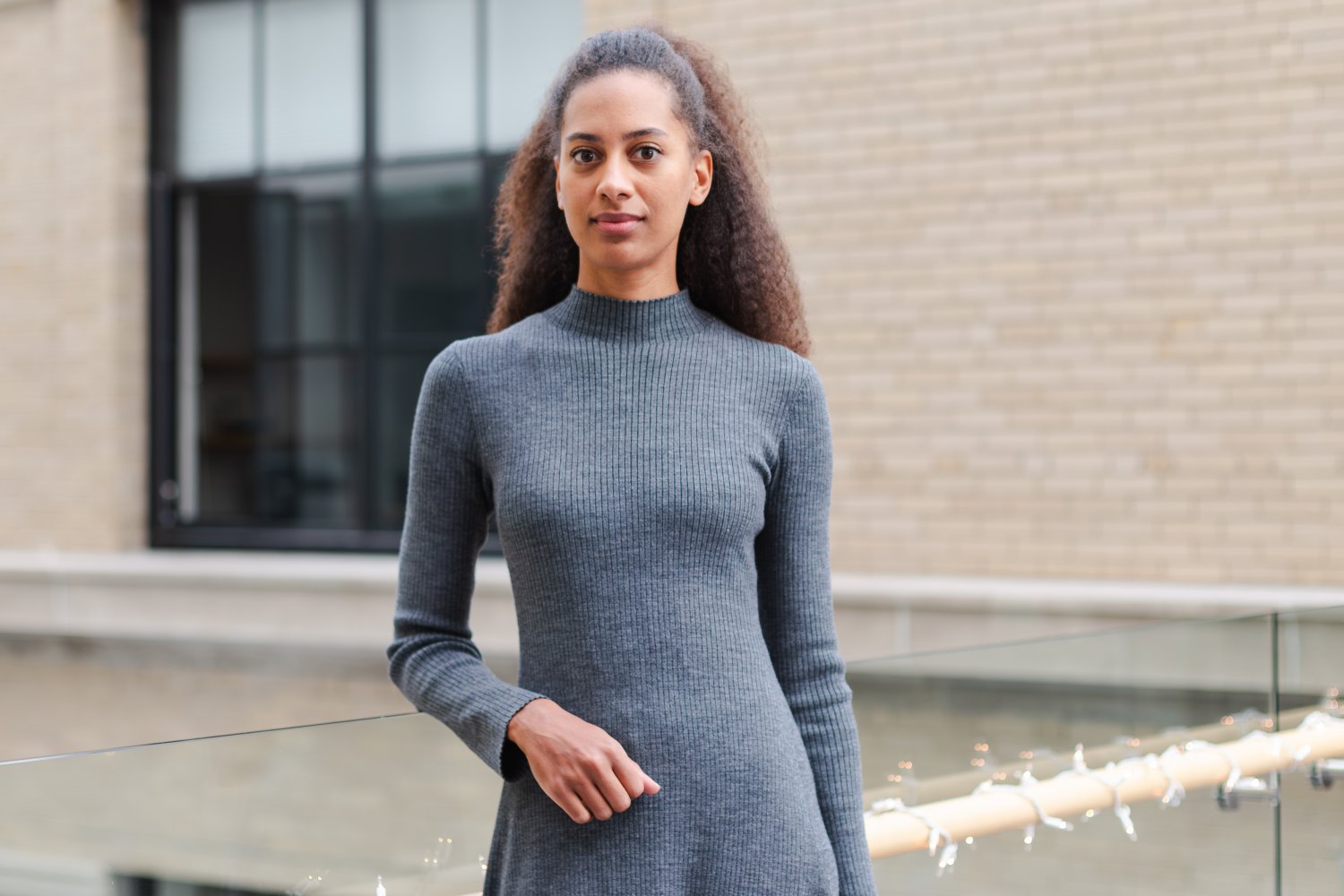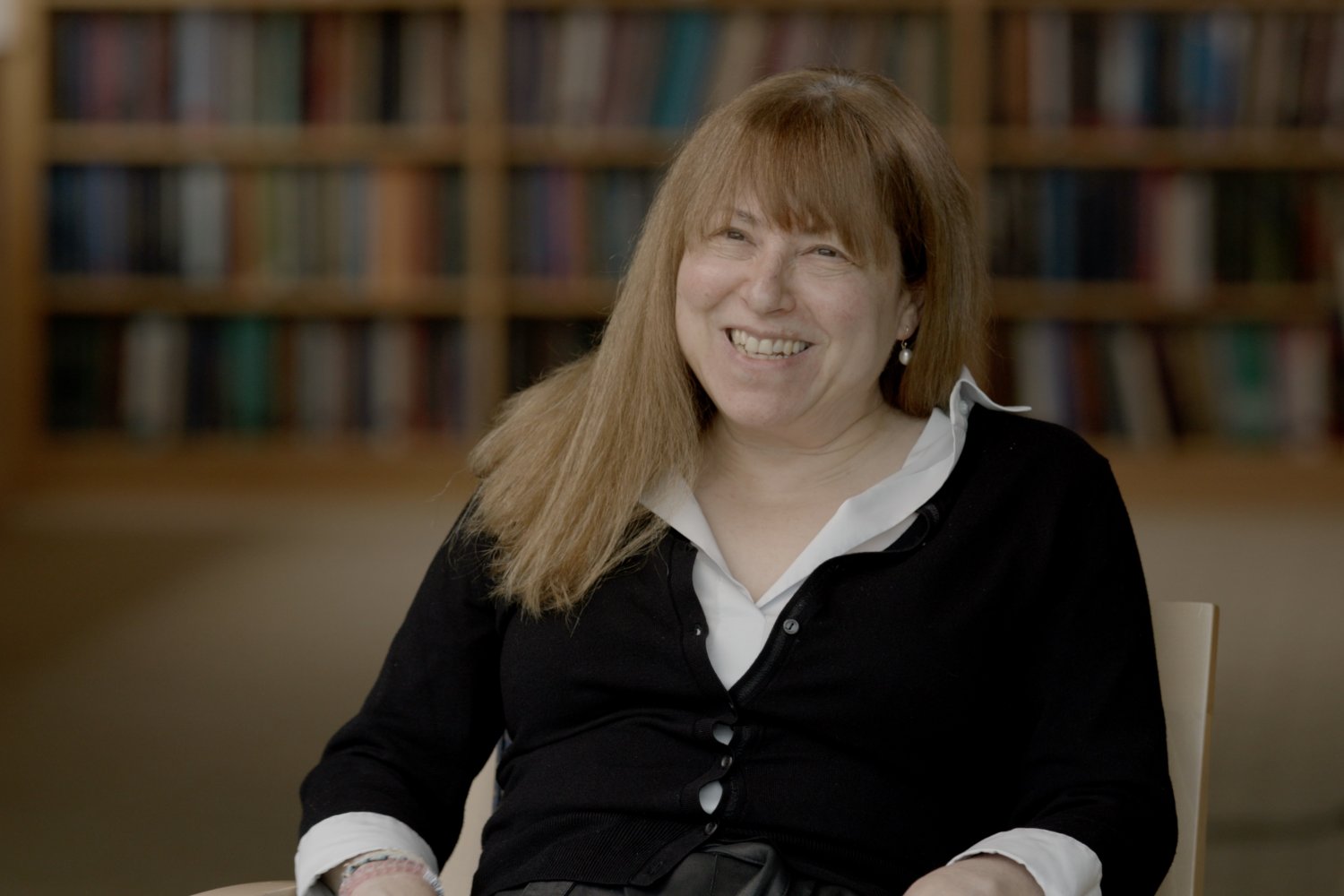There is a need for a comprehensive understanding of election disinformation in democratic processes. Election disinformation involves the deliberate spreading of false information to manipulate public opinion and undermine the integrity of elections, posing a direct threat to the fundamental principles of democracy. Looking at history,…
Beyond Good & Evil – 20th Anniversary Edition Arrives Early Next Year

Beyond Good & Evil – 20th Anniversary Edition arriving early next year. The news was accidentally posted early to the Xbox store and was even briefly available to play (albeit in unfinished form) on Ubisoft Plus.
According to its now-deleted Xbox Store page (which was shared by Wario64 on X), the 2003 adventure will now feature 4K graphics and 60 FPS with improvements to controls and audio. It will also feature auto-save and cross-save functionality. Here’s the full blurb:
Swoop into the marvelous world of Hillys as action-reporter Jade to investigate the mysterious DomZ alien attacks alongside colorful characters, like her adoptive uncle Pey’j or the valiant Double H.
Embark on this epic adventure in up to 4K, 60 fps with improved graphics, controls, and audio, along with brand-new autosave and cross-save features.
Enjoy exclusive new rewards as you explore the planet and discover more about Jade’s past in a new treasure hunt throughout Hillys.
Put your skills to the test thanks to the new speedrun mode and updated achievements, and learn more about the game’s development and secrets in the anniversary gallery!
Armed with her daï-jo and faithful camera, Jade’s adventure will get you to freely explore Hillys, combat creatures large and small, infiltrate dangerous areas, solve enigmatic puzzles, play addictive mini-games, race the best hovercraft pilots, and take pictures of the whole experience.
Be ready to dive into a trailblazing blend of action gameplay and thrilling emotional cutscenes!
This game leverages Smart Delivery allowing access to both the Xbox One title and the Xbox Series X|S title.
The store page also included a big batch of screenshots of the remaster, which can view in the gallery below.
According to Ubisoft’s statement to IGN. , the store listing went up early due to a “technical error”
“As we celebrate the 20th anniversary of Beyond Good & Evil, we’re excited to share that the official launch is set for early 2024, and we look forward to sharing more with you in the new year,” says Ubisoft in the statement.
Beyond Good & Evil originally launched for PlayStation 2, Xbox, and PC in 2003. It stars Jade, a reporter and fighter who joins a resistance movement to uncover a conspiracy on an alien planet. Gameplay involves taking on enemies in martial arts melee combat while using Jade’s camera to take photos of clues and evidence while solving puzzles. While the cult classic received its first big remaster in 2011 in the form of an HD upgrade, while its long-lost sequel, Beyond Good and Evil 2, has seemingly been in development limbo since its formal reveal at E3 2017.
Beyond Good & Evil – 20th Anniversary Edition is expected to launch on PlayStation 5, Xbox Series X/S, PlayStation 4, Xbox One, Switch, and PC.
Five high schoolers awarded MIT OMEGA scholarships for intergenerational efforts

The MIT AgeLab awards annual scholarships to high school students who lead or develop intergenerational programs — initiatives designed to bring together younger and older people — in their communities. On Sept. 29, five $5,000 OMEGA scholarships were given to high school students across the United States, with support from AARP Massachusetts. An additional $1,000 was awarded to each winning intergenerational program to help sustain and grow the students’ efforts.
OMEGA, which stands for Opportunities for Multigenerational Exchange, Growth, and Action, develops programming and offers scholarships to facilitate intergenerational connections between younger people and older adults in their communities.
The scholarships were awarded at a virtual ceremony hosted by the MIT AgeLab, with representatives from the AgeLab and AARP in attendance, along with the scholarship winners, their parents, program participants, and community partners.
“OMEGA is a reminder to all of us that there are new generations committed to intergenerational solutions, not only for the challenges of aging, but also for unlocking the opportunities of living longer,” says Michael E. Festa, state director of AARP Massachusetts.
Intergenerational programs help to strengthen social ties within communities and facilitate knowledge transfer between younger and older adults. Two of the winning programs for 2023, a book club focused on discussing feminist literature and a project uncovering the history of a historically Black neighborhood, focus on bringing together and centering the voices of historically marginalized communities.
The five scholarship winners and their winning programs are:
Hannah Paseltiner, currently a first-year student at the State University of New York at Binghamton, and a 2023 graduate of Clarkstown High School in New City, New York. Paseltiner founded the Elderly Allies Club, which works to build relationships between younger adults and communities of older people, including nursing homes and assisted living communities, in New City. The program partners with the Rockland County Village Community, a social and mutual support community for older adults. Members of the club make personal deliveries on behalf of nursing home residents, craft décor for assisted living communities, and organize “speed-dating” and storytelling events between younger and older adults.
Sarah Adams, currently a senior at East High School in Rochester, New York. Adams is a Youth History Ambassador for Clarissa Uprooted, a collaboration between the Center for Teen Empowerment and the Clarissa Street Reunion Committee. The project aims to preserve and transmit knowledge about the history of the Clarissa Street “village” in Rochester, New York, a historically Black neighborhood that was gutted by urban renewal policies in the 1950s and ’60s. Relying on the historical memory of older adults in the community, the initiative produced a documentary titled Clarissa Uprooted, and is developing a school curriculum to teach the history of the neighborhood to students in Monroe County.
India Ratha, currently a first-year student at Carleton College in Minnesota, and a 2023 graduate of Tech High School in St. Cloud, Minnesota. Ratha joined and later became an organizer of an initiative called Sounds of Sunday, which brings high school musicians into nursing homes for musical performances and intergenerational conversations. Sounds of Sunday has partnered with the Central Minnesota Council on Aging, as well as the Coalition to End Social Isolation and Loneliness for Central Minnesota.
Lorenzo Martinelli, currently a first-year student at the University of Chicago, and a 2023 graduate of Saint Xavier High School in Louisville, Kentucky. Martinelli is a co-founder of a program called Tandem, based in Louisville. Founded during the Covid-19 pandemic, when social isolation was a major challenge for people of all ages, Tandem facilitates ongoing friendships between older adults and high school students through 30-minute phone conversations. Over two-and-a-half years, the program has facilitated over 900 calls and 450 hours of deep conversation between pairs of older and younger adults.
Vienna Rivard, currently a first-year student at the University of Massachusetts at Amherst, and a 2023 graduate of Hopkinton High School in Massachusetts. Rivard founded an intergenerational feminist book club in her community in Hopkinton, connecting students with members of the Hopkinton’s Women’s Club. The group gathers students and older adults to engage in discussion about their readings, attend field trips to local historical museums, and share their past and present experiences as women. The group originally met over Zoom, before moving to community settings including the outdoors and local libraries.
The AgeLab’s OMEGA program works in a variety of ways with students to develop their intergenerational programs. The MIT AgeLab was created in 1999 within the MIT Center for Transportation and Logistics to invent new ideas and creatively translate technologies into practical solutions that improve people’s health and enable them to “do things” throughout their lifespan. Equal to the need for ideas and new technologies for older adults is the belief that innovations in how products are designed, services are delivered, or policies are implemented are of critical importance to our quality of life tomorrow.
Everything, everywhere all at once

The way Morgane König sees it, questioning how we came to be in the universe is one of the most fundamental parts of being human.
When she was 12 years old, König decided the place to find answers was in physics. A family friend was a physicist, and she attributed her interest in the field to him. But it wasn’t until a trip back to her mother’s home country of Côte d’Ivoire that König learned her penchant for the subject had started much younger. No one in Côte d’Ivoire was surprised she was pursuing physics — they told her she’d been peering upward at the stars since she was a small child, wondering how they all had come together.
That wonder never left her. “Everyone looks at the stars. Everyone looks at the moon. Everybody wonders about the universe,” says König. “I’m trying to understand it with math.”
König’s observations have led her to MIT, where in 2021 she continued studying theoretical cosmology as a postdoc with physicist and cosmologist Alan Guth and physicist and historian of science David Kaiser. Now, she is a member of MIT’s 2023-24 Martin Luther King (MLK) Visiting Professors and Scholars Program cohort, alongside 11 others. This year, members of the MLK Scholars are researching and teaching diverse subjects including documentary filmmaking, behavioral economics, and writing children’s books.
Once she was set on physics, König finished her undergraduate studies in 2012, double-majoring in mathematics and physics at Pierre and Marie Curie University in Paris.
Still compelled by questions about the universe, König narrowed in on cosmology, and graduated with her master’s degree from Pierre and Marie Curie in 2014. The way König describes it, cosmology is like archaeology, just up in space. While astronomers study galaxy formations and mutations — all of the stuff in the universe — cosmologists study everything about the universe, all at once.
“It’s a different scale, a different system,” says König. “Of course, you need to understand stars, galaxies, and how they work, but cosmologists study the universe and its origin and contents as a whole.”
From practice to theory
Throughout her studies, König said, she was often the only woman in the room. She wanted to pursue the theories behind cosmology but wasn’t encouraged to try. “You have to understand that being a woman in this field is super, incredibly difficult,” says König. “I told everyone I wanted to do theory, and they didn’t believe in me. So many people told me not to do it.”
When König had the opportunity to pursue a PhD in observational cosmology in Marseille and Paris, she almost accepted. But she was more drawn to theory. When she was offered a spot with a little more freedom to study cosmology at the University of California at Davis, she took it. Alongside Professor Nemanja Kaloper, König dove into inflation theory, looking all the way back to the universe’s beginning.
It is well-known that the universe is always expanding. Think about inflation as the precursor to that expansion — a quick and dramatic beginning, where the universe grew exponentially fast.
“Inflation is the moment in history that happened right after the beginning of the universe,” says König. “We’re not talking about 1 second, not even a millisecond. We are talking 10 to the negative 32nd seconds.” In other words, it took 0.000,000,000,000,000,000,000,000,000,000,01 seconds for the universe to go from something minuscule to, well, everything. And today, the universe is only getting bigger.
Only a sliver of the universe’s composition is understandable using current technology — less than 5 percent of the universe is composed of matter we can see. Everything else is dark matter and dark energy.
For decades, cosmologists have been trying to excavate the universe’s mysterious past using photons, the tiny, particle form of light. Since light travels at a fixed speed, light emitted further back in the universe’s history, from objects that are now farther away from us due to the expansion of the universe, takes longer to reach Earth. “If you look at the sun — don’t do it! — but if you did, you’d actually be seeing it eight minutes in the past,” says König. As they carve their way through the universe, photons give cosmologists historical information, acting as messengers across time. But photons can only account for the luminous 4.9 percent of the universe. Everything else is dark.
Since dark matter doesn’t emit or reflect photons like luminous matter, researchers can’t see it. König likens dark matter to an invisible person wearing a tuxedo. She knows something is there because the tuxedo is dancing, swinging its arms and legs around. But she can’t see or study the person inside the suit using the technology at hand. Dark matter has stirred up countless theories, and König is interested in the methods behind those theories. She is asking: How do you study something dark when light particles are necessary for gathering historical information?
According to König and her MIT collaborators — Guth, the forerunner of inflation theory, and Kaiser, the Germeshausen Professor of the History of Science — the answer might lie in gravitational waves. König is using her time at MIT to see if she can sidestep light particles entirely by using the ripples in spacetime called gravitational waves. These waves are caused by the collision of massive, dense stellar objects such as neutron stars. Gravitational waves also transmit information across the universe, in essence giving us a new sense, like hearing is to seeing. With data from instruments such as the Laser Interferometer Gravitational Wave Observatory (LIGO) and NANOGrav, “not only can we look at it, now we can hear the cosmos, too,” she says.
Black in physics
Last year, König worked on two all-Black research teams with physicists Marcell Howard and Tatsuya Daniel. “We did great work together,” König says, but she points out how their small group was one of the largest all-Black theoretical physics research teams — ever. She emphasizes how they cultivated creativity and mentorship while doing highly technical science, producing two published papers (Elastic Scattering of Cosmological Gravitational Wave Backgrounds and An SZ-Like Effect on Cosmological Gravitational Wave Backgrounds).
Out of the 69,238 people who have earned doctorates in physics and astronomy since 1981, only 122 of them were Black women, according to the National Center for Science and Engineering Statistics. When König finished her PhD in 2021, she became the first Black student at UC Davis to receive a PhD in physics and the ninth Black woman to ever complete a doctorate in theoretical physics in the United States.
This past October, in a presentation at MIT, König ended with an animated slide depicting a young Black girl sitting in a dark meadow, surrounded by warm lights and rustling grass. The girl was looking up at the stars, her eyes full of wonder. “I had to make this with AI,” says König. “I couldn’t find an image online of a young Black girl looking up at the stars. So, I made one.”
In 2017, König went to Côte d’Ivoire, spending time teaching school children about physics and cosmology. “The room was full,” she says. Adults and students alike came to listen to her. Everyone wanted to learn, and everyone echoed the same questions about the universe as König did when she was younger. But, she says, “the difference between them and me is that I was given a chance to study this. I had access to people explaining how incredible and exciting physics is.”
König sees a stark disconnect between physics in Africa and physics everywhere else. She wants universities around the world to make connections with African universities, building efforts to encourage students of all backgrounds to pursue the field of physics.
König explains that ushering in more Black and African physicists means starting at the beginning and encouraging more undergraduates and young students to enter the field. “There is an enormous amount of talent and brilliance there,” König says. She sees an opportunity to connect with students across Africa, building the bridges needed to help everyone pursue the questions that keep them looking up at the stars.
While König loves her research, she knows theoretical cosmology has far to come to as a discipline. “There is so much room to grow in the field. It’s not all figured out.”
Black Holes Could Come in ‘Perfect Pairs’ in an Ever Expanding Universe – Technology Org
Researchers from the University of Southampton, together with colleagues from the universities of Cambridge and Barcelona, have shown…
FinTech’s Transform Casino Payments with Speed and Security – Technology Org
Transforming financial services Technology has transformed the financial services industry (FSI) over recent years, and we are now…
Grant Powers Regional Lithium Mining Hub As Shortage Looms – Technology Org
Hoping to forestall an expected global lithium shortfall, those working to establish a sustainable lithium mining industry in…

